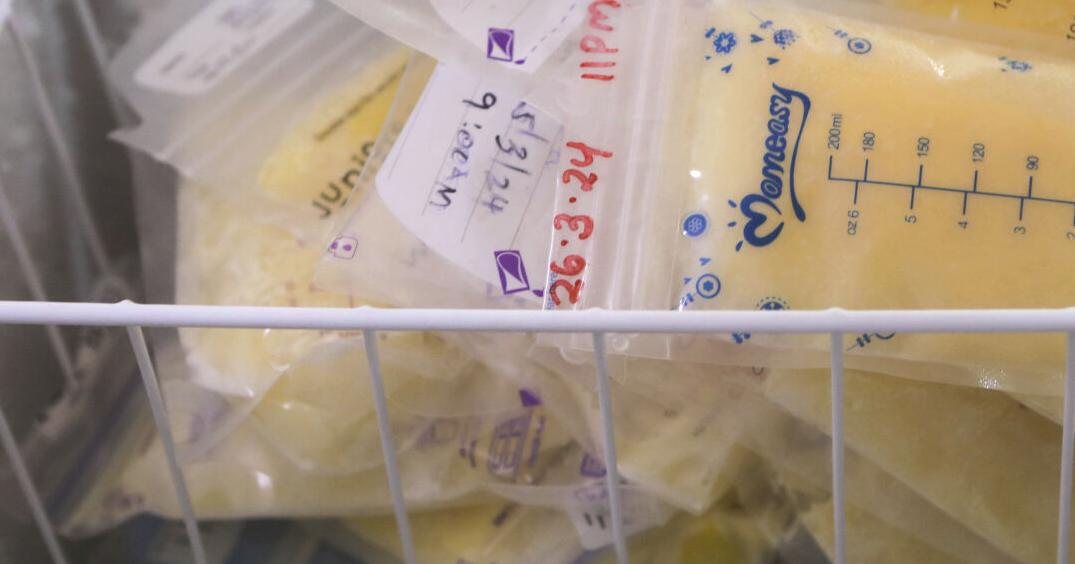A groundbreaking study from researchers at UNC Greensboro has uncovered significant variations in the nutritional composition of donor human milk across five different countries. This research, which could potentially transform feeding practices for critically ill infants, highlights the importance of understanding these discrepancies in order to ensure optimal nutrition for vulnerable populations.
The study, published in the Journal of Human Lactation in April 2024, involved a comprehensive analysis of donor milk from various regions, including North America, Europe, and Asia. Researchers found that factors such as geographic location, maternal diet, and local regulations greatly influence the nutritional content of human milk.
Implications for Infant Health
The findings of this study carry profound implications for health professionals and caregivers. Infants born prematurely or with serious health issues often rely on donor milk as a critical source of nutrition. Variations in key nutritional components, such as proteins and fats, could affect growth and development in these infants. Understanding the differences in donor milk could lead to more tailored feeding strategies that optimize health outcomes.
Lead researcher Dr. Emily Johnson emphasized the necessity of further research to address these disparities. “Our study underscores the need for standardized guidelines in the processing and distribution of donor milk,” she stated. “Ensuring that critically ill infants receive milk that meets their specific nutritional needs is paramount.”
Global Collaboration for Improved Standards
As the demand for donor human milk increases, so does the need for international collaboration in milk banking. The study calls for a unified approach to establish standards that can help minimize nutritional variability. This could involve sharing best practices among milk banks, enhancing donor screening processes, and educating mothers on how their diet can influence milk composition.
The research team, comprising experts in nutrition science and pediatrics, suggests that health authorities in various countries develop policies that promote consistent quality control measures for donor milk. By addressing these issues, medical professionals can better support the health of critically ill infants globally.
With advancements in research and technology, there is hope that initiatives will emerge to streamline the process of donor milk collection and distribution. Such steps could lead to improved health outcomes for infants who rely on this vital resource.
The findings from UNC Greensboro not only shine a light on the necessity of understanding donor milk variability but also highlight the urgent need for action in the realm of infant nutrition. By focusing on these critical aspects, the healthcare community can work towards ensuring that every infant receives the best possible start in life.
